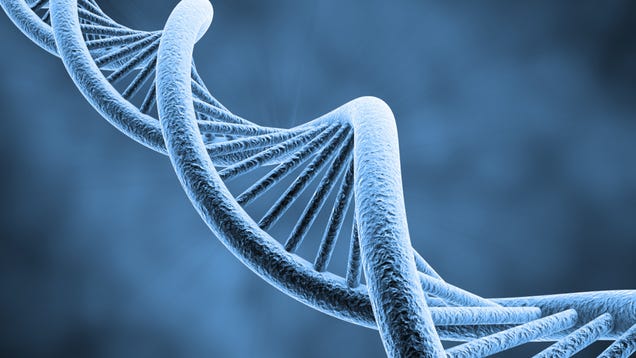
As James Watson and Francis Crick famously said - "the secret of life". It's a vital part of any species, how it functions and the reactions that are carried out.
When was DNA discovered?
1953, by James Watson and Francis Crick - although as with any scientific discovery they were working as part of a team. Rosalind Franklin is often credited for her contribution to the discovery of DNA.
What's it made from?
The backbone of DNA if you like is made from sugar and phosphate. The 'rungs' if you like are made from bases - adenine, cytosine, guanine and thymine which form complementary base pairings. As its full name suggests, there's also deoxyribose sugar which makes up the structure.
These complementary base pairings combined with the deoxyribose sugar and phosphate make up the 'nucleotide', lots of these join together make up one of the DNA strands. Because there are lots of these joined together - DNA is a polynucleotide.
How much DNA do we have?
A LOT! Although sequencing human DNA is in its very early stages, we do know that human DNA has around three billion base pairings.
Can we do anything with DNA?
Surprisingly, yes. This year Barack Obama announced plans to sequence the genome of around 1 million people in the US in the hope scientists can use this information to create advanced treatments, targeting specific regions of our DNA.
How do we make more of it?
You'll see in more detail exactly how DNA is replicated in my Christmas countdown posts, but in short, DNA is copied to a molecule called RNA. This is because the organelles for protein synthesis are found in the cytoplasm but DNA is bound in the nucleus. This process of copying the DNA to RNA is called transcription. Once the RNA has left the nucleus, it joins to a ribosome where it can then make a protein. This is called translation.

No comments:
Post a Comment